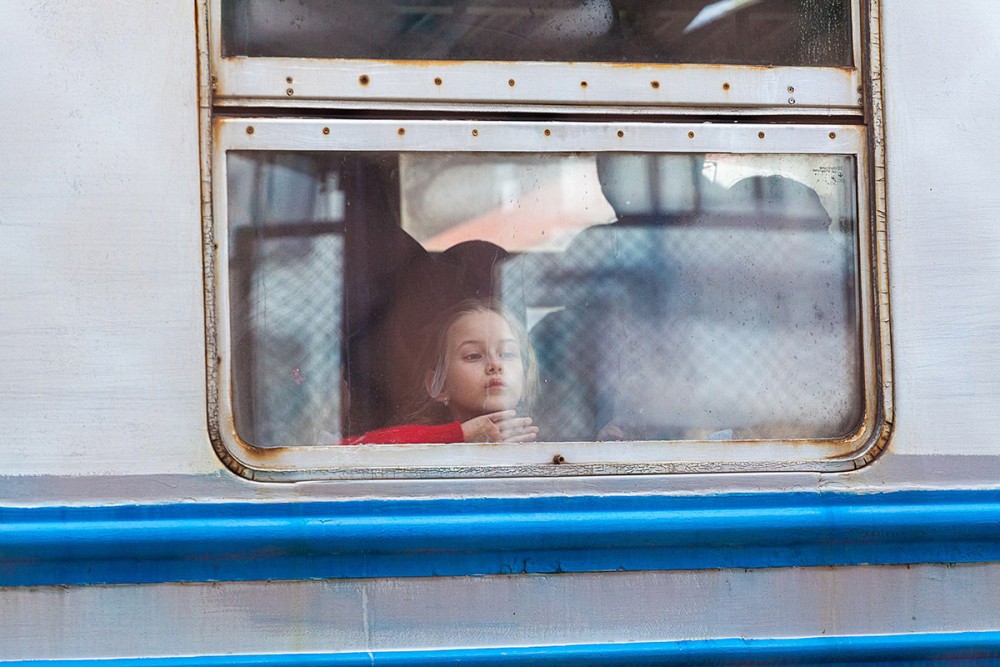Ukraine’s sleepless children
A failed high school science experiment increased my empathy for those who can’t sleep.

Randy Gardner was a 17-year-old San Diego high school student in 1963 when he set the world record for the longest stretch of time a human had gone without sleep. For 11 days and 24 minutes, Gardner managed to stay awake—with the help of friends, who documented his confusion and decline of mental acuity. Ever since, Guinness World Records has refused to endorse attempts to best Gardner’s feat, aware of health risks associated with sleep deprivation.
Little did two high school buddies of mine and I know, when we were 17 and deciding on our capstone science project, that some kid in San Diego had beat us to the draw. Once Bud and I talked Frank into being the subject of our sleep deprivation experiment and he foolishly consented, we were off with our notebooks and camera. The excitement of having two days of excused absence made the project feel special. Three less-than-mature guys with no credible application of the scientific method to support an ill-conceived project had duped an innocent science teacher.
The first night was rough, with Frank constantly on the verge of dozing off. Bud and I quickly realized that keeping him awake would be a two-person job, effectively ending any notion we had of catching an occasional nap ourselves. Around 2 a.m., we plopped down in a Dunkin’ Donuts booth and sipped stale coffee. Whenever Frank so much as lowered his eyelids we’d jump him, punching him in the torso to keep him from nodding off. The night manager didn’t take well to the ruckus and eventually kicked us out. By 4 a.m. we were wandering around a city park, wondering why we had chosen this particular experiment. At daybreak, we photographed Frank’s bloodshot eyes while inside a supermarket. We made him push the shopping cart, poking at him whenever he appeared ready to fall asleep standing up.




